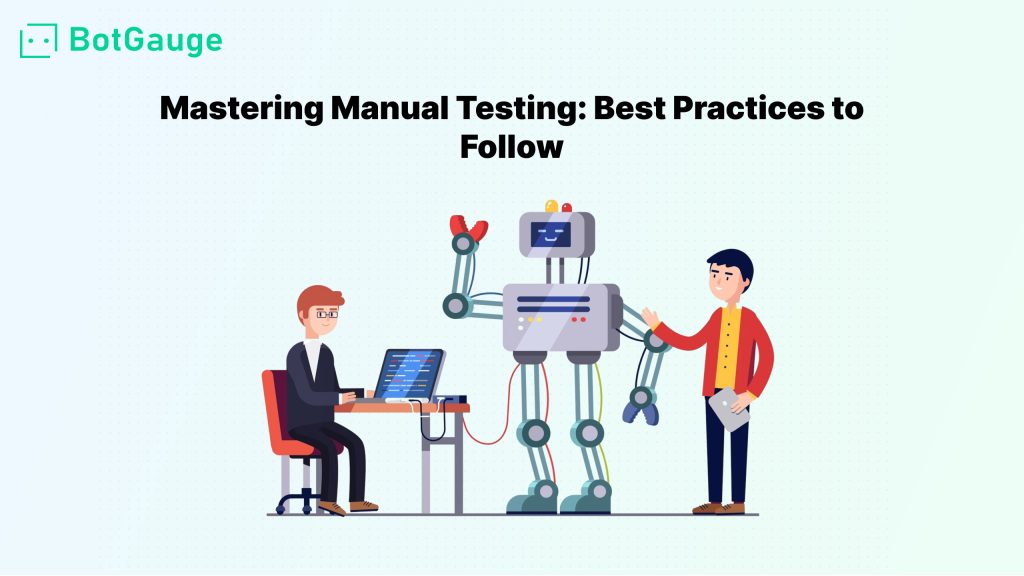Anyone can automate end-to-end tests!
Our AI Test Agent enables anyone who can read and write English to become an automation engineer in less than an hour.
Table Of Content

Table Of Content
Mastering manual testing involves understanding its fundamentals, creating comprehensive test cases, implementing effective test execution techniques, utilising test management tools, and leveraging regression testing to ensure consistent software quality.
Manual testing involves human intervention, providing better control and flexibility but can be time-consuming and error-prone. Automation testing offers time efficiency, repeatability, and scalability but requires additional resources and may not be suitable for all testing types. A combination of both approaches is often the most effective solution.
Manual testing fundamentals encompass understanding software requirements, designing test cases, executing tests, and reporting defects. Testers need to be familiar with the expected behaviour, potential risks, and acceptance criteria to ensure thorough and effective testing.
Comprehensive test cases are essential for verifying software functionality and identifying defects. Testers should analyse software requirements, define clear objectives and expected results, and consider different scenarios and user interactions. Regular reviews and updates of test cases are important to maintain their comprehensiveness.
Effective test execution involves organising test cases based on priority, following the defined steps, observing software behaviour, and validating expected results. Testers should document any defects encountered and perform thorough regression testing to ensure changes do not impact existing functionality.
Test management tools enhance manual testing by centralising test assets, tracking test execution, managing defects, and generating reports. These tools streamline the testing process, improve efficiency, and provide valuable insights into testing activities and software quality.
Regression testing ensures consistent software quality by verifying that changes do not introduce new defects. Testers should identify critical test cases, update the regression test suite regularly, and consider automating repetitive tasks to save time and focus on more critical testing activities.
Share
Curious and love research-backed takes on Culture? This newsletter's for you.
View all Blogs
Our AI Test Agent enables anyone who can read and write English to become an automation engineer in less than an hour.